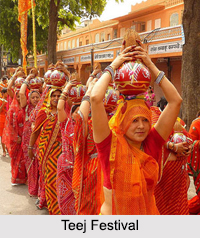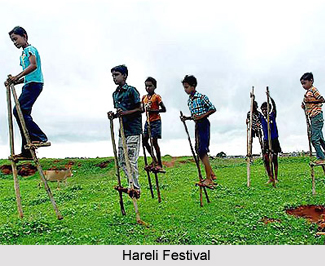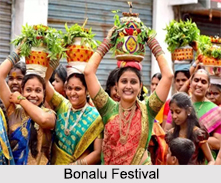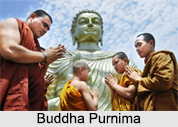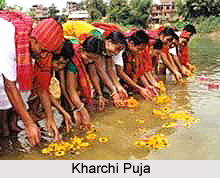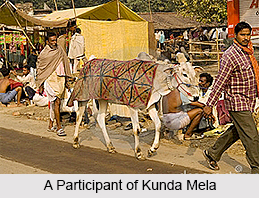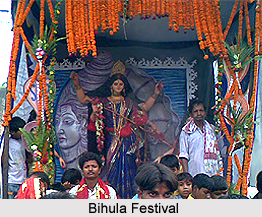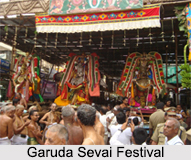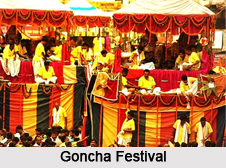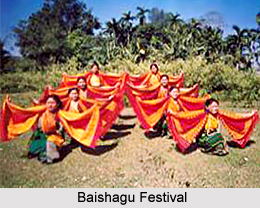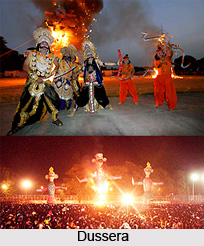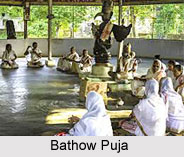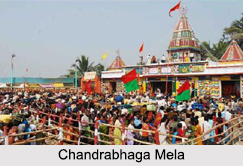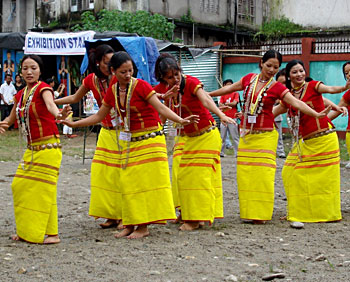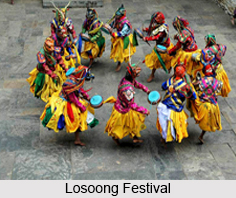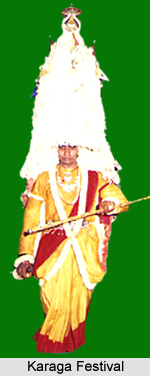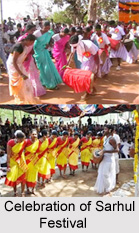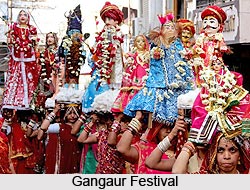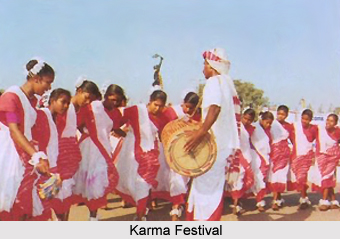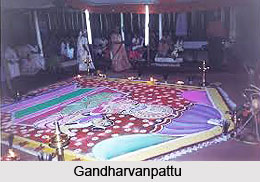 Gandharvanpattu is a conventional religious festival in Travancore region of Kerala. Gandharvanpattu is organised in many parts of the Travancore Region in the Indian state of Kerala.
Gandharvanpattu is a conventional religious festival in Travancore region of Kerala. Gandharvanpattu is organised in many parts of the Travancore Region in the Indian state of Kerala.
History of Gandharvanpattu
Gandharvanpattu has a history of more than 500 years. Gandharvanpattu is organised in families to bring prosperity to the family organising it. This ceremony is believed to appeal to Gandharvan (God of prosperity) for the prosperity of the family.
Occasion of Gandharvanpattu
Gandharvanpattu is generally held for three days and all the family members gather together at the `Tharavaadu` for generally three days. The rituals start right from the morning with "poojas" and prayers. People who know to conduct the ceremony called "kaniyaanmaars" are invited for the festival. They generally are from Alleppey District in Kerala. They sing traditional songs to invoke the `Gandharvan`. The main event takes place after midnight. A `kalam` is prepared on the floor of the `pandal` using natural dyes, colour powders, flowers and leaves, etc. One of the eldest ladies of the family sits in the pandal facing the "kalam".
Kaniyaanmaars in Gandharvanpattu
The Kaniyaanmaars sing the songs to invoke the Gandharvan. After a lengthy spell of singing the lady gets into a trance. She later gets up as the tempo of the songs get faster and the lady gets up and dances to the tune of the songs. She goes round the pandal and starts sweeping the `kalam` with a `pookula`(flower of coconut tree). At the end of the ceremony the whole `kalam` is swept and all the floral arrangements etc. are thrown by the lady. This is followed for all the three days. At the end of the third day `peettam`, the seat of the God Gandharvan, is taken by the lady and kept at a specified place on the ceiling of the house. This is a symbolic representation of the Gandharva being re-instated back in the `tharavaad`. This will remain there till the next function in the subsequent year. This is also an occasion for members of the family and their friends to get together for a common cause. All the members cook and have the food together in these days. Members of poorer families in the village are also invited and food is served to them.
